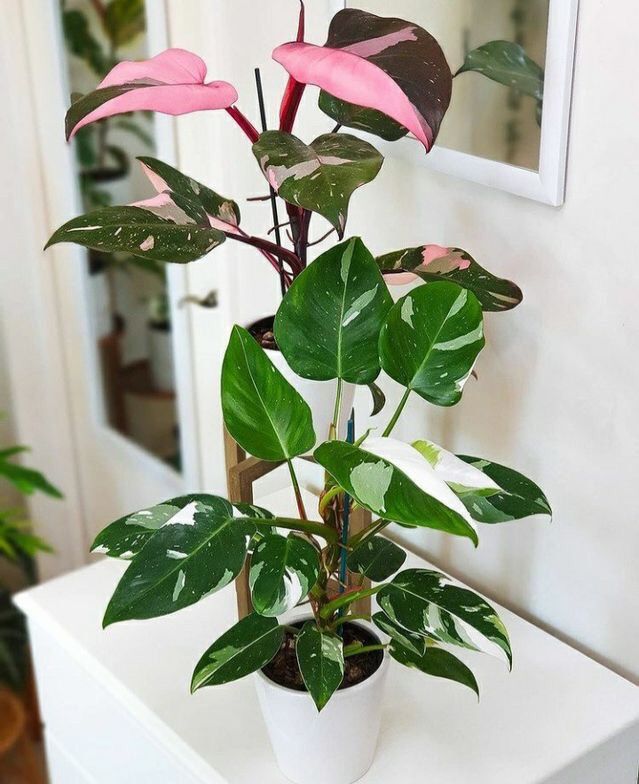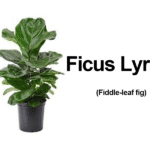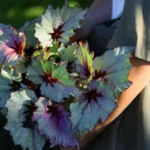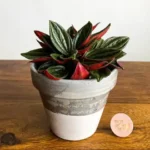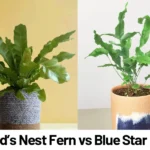Pink Princess vs White Princess: A Stunning Plant Showdown Indoors
For plant collectors and beginner gardeners alike, the choice between the Philodendron Pink Princess and the Philodendron White Princess can feel puzzling. Both are dazzling variegated plants known for their eye-catching foliage, and they share similar names, types, and leaf forms. Often, they’re seen side by side in plant shops with only slight differences in color or price—leading many to assume they’re interchangeable.
However, despite their similar appearances and belonging to the same genus, the Pink Princess and White Princess are two distinct cultivars with their own characteristics, care requirements, and propagation profiles. Whether you’re designing a minimalist living room or curating a tropical-themed patio, understanding what sets them apart can help you make a confident, well-informed plant choice.
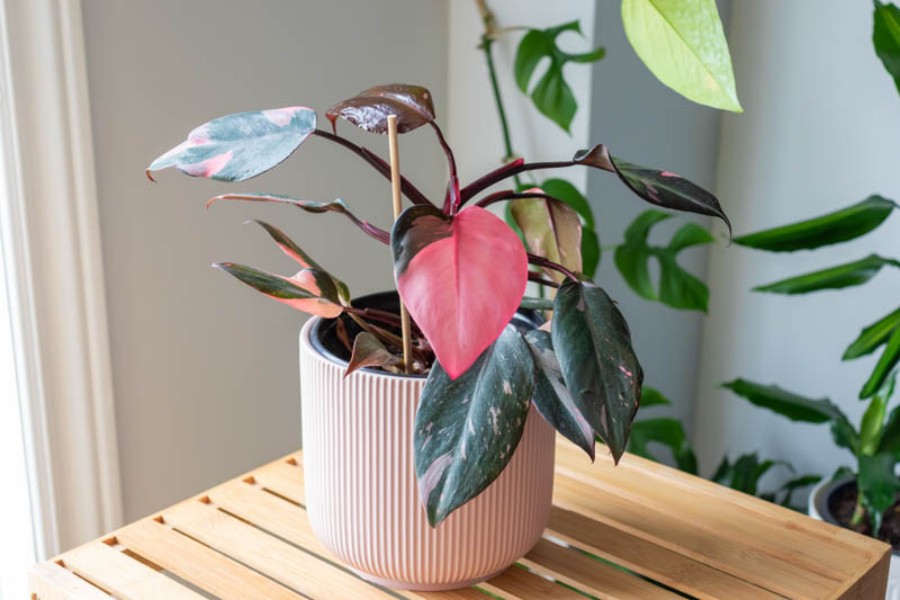
Quick Comparison Table: Pink Princess vs White Princess
| Feature | Philodendron Pink Princess | Philodendron White Princess |
|---|---|---|
| Botanical Name | Philodendron erubescens ‘Pink Princess’ | Philodendron erubescens ‘White Princess’ |
| Plant Family | Araceae | Araceae |
| Native Region | Hybrid; parent species native to Colombia | Hybrid; parent species native to Colombia |
| Leaf Shape and Size | Heart-shaped, 5–8 inches long | More lanceolate, 4–7 inches long |
| Growth Habit and Speed | Fast-growing; climbing/vining habit | Slow to moderate growth; upright, non-vining |
| Stem Structure / Identifiers | Dark maroon stems, bright pink variegation | Green stems with white and sometimes pink streaks |
| Light Requirements | Bright, indirect light (6,000–15,000 lux) | Bright, indirect light (7,500–17,000 lux) |
| Watering & Humidity Needs | Moderate water; humidity 50–70% | Less water-tolerant; needs 60–80% humidity |
| Pet Safety / Toxicity | Toxic to pets (calcium oxalates) | Toxic to pets (calcium oxalates) |
| Price & Availability (2024 est.) | $35–$80 for 4” pot; widely available | $60–$120 for 4” pot; rarer in stores |
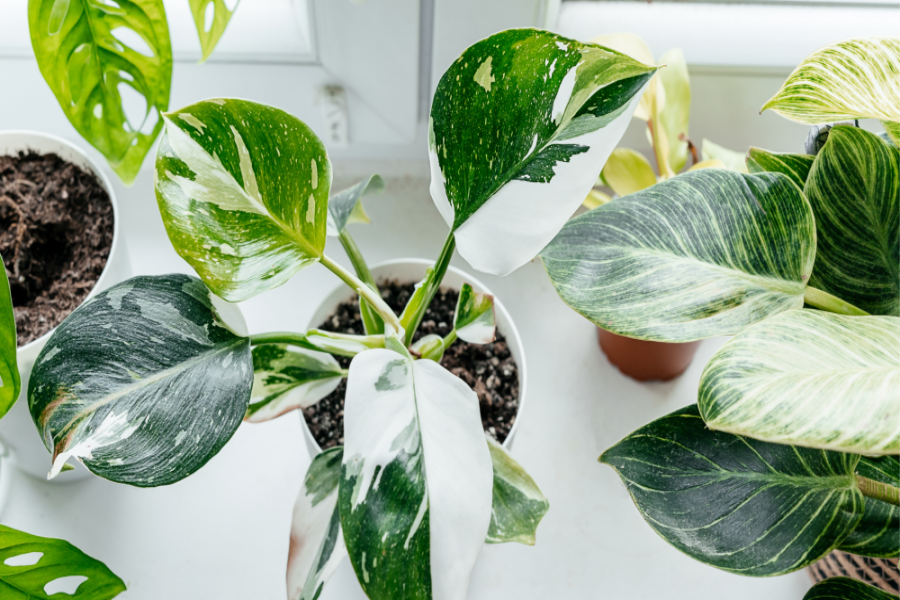
Key Differences Between the Pink Princess and White Princess
Visual Identity: Color and Shape at First Glance
Arguably the most striking difference lies in their foliage coloration. The Pink Princess showcases deep green to burgundy leaves flecked with vibrant, bubblegum-pink patches that can appear as solid blotches or marbled streaks. In contrast, the White Princess offers a more subdued—yet elegant—contrast of white variegation, sometimes with light pink edging along the petioles or leaf sides. Additionally, while both are Philodendron erubescens cultivars, their leaf shapes vary: Pink Princess leaves tend to be broader and more heart-shaped, while the White Princess sports slightly narrower, more pointed lanceolate leaves.
Growth Style and Space Suitability
Pink Princess grows as a climber, producing a vining stem that benefits from a moss pole or trellis for upward support. This makes it a flexible choice for corners or vertical shelves. The White Princess, on the other hand, typically grows in a more compact and upright style, with minimal vining tendencies. Its neat, symmetrical shape makes it better-suited for tabletops or smaller apartment spaces where containment matters. This upright quality also means the White Princess grows more slowly, making it easier to manage but harder to propagate quickly.
Care Difficulty and Environmental Tolerance
While neither of these plants is considered low-maintenance, the Pink Princess tends to be easier to grow under average household conditions. It tolerates a wider range of humidity (50–70%) and is less sensitive to soil moisture changes. The White Princess is more finicky, preferring consistently high humidity levels of 60–80% to prevent brown edges and leaf curl. It also dislikes temperature fluctuations, making it a bit trickier for beginners or for climates with variable indoor heating and cooling.
Availability and Cost Implications
Another major difference is rarity and affordability. The Pink Princess has surged in popularity over recent years, and extensive commercial propagation has made it relatively easy to find—particularly among online sellers and specialty plant shops. Prices for small plants (4–6″ pots) generally range from $35–$80, depending on the extent of variegation. The White Princess remains far less common, with fewer confirmed propagators and thinner availability in North America and Europe. As a result, it commands a higher price—often $60 to $120 for a starter plant—and may require joining waitlists or buying from collectors.
Which One Should You Choose?
Deciding between the Pink Princess and the White Princess depends largely on your lifestyle, indoor environment, and design goals. Here’s a quick guide to help:
- For beginners or minimal-care households: Choose the Pink Princess. It grows faster, tolerates common humidity levels, and is more forgiving with watering mistakes.
- If you live in a small apartment: The White Princess’s compact, upright shape is ideal for tight spaces like desks or bookshelves.
- Looking to make a décor statement? The Pink Princess’s vivid splash of pink gives instant visual impact, especially when the plant is mature and climbing.
- If humidity is an issue in your home: Avoid the White Princess unless you use a humidifier or keep your growing area above 60% relative humidity.
- Pet owners beware: Both plants are toxic to cats and dogs due to insoluble calcium oxalates and should be kept out of reach from curious pets (ASPCA, 2020).
In the end, your decision may also come down to accessibility and budget. The Pink Princess gives you wider availability and ease of growth, while the elusive White Princess appeals more to collectors or seasoned houseplant hobbyists looking for a rare, refined gem.
Conclusion
Though they share a name and genus, the Pink Princess and White Princess Philodendrons offer distinct strengths and challenges. From their aesthetic contrasts to their care needs and spatial habits, these two plants cater to different types of plant lovers. Pink Princess may be better for beginners or anyone seeking an eye-catching conversation piece, while White Princess rewards patience with its elegant poise and unique growth form. Understanding these differences not only prevents plant confusion—it helps you find the right companion for your indoor garden journey.
References
- American Society for the Prevention of Cruelty to Animals. (2020). Toxic and Non-Toxic Plants – Philodendron. ASPCA.org. https://www.aspca.org/pet-care/animal-poison-control/toxic-and-non-toxic-plants/philodendron
- Missouri Botanical Garden. (n.d.). Philodendron erubescens. https://www.missouribotanicalgarden.org/PlantFinder
- The House Plant Expert. (2020). Philodendron Varieties: Identification and Care. https://www.houseplantsexpert.com/philodendron-types.html

